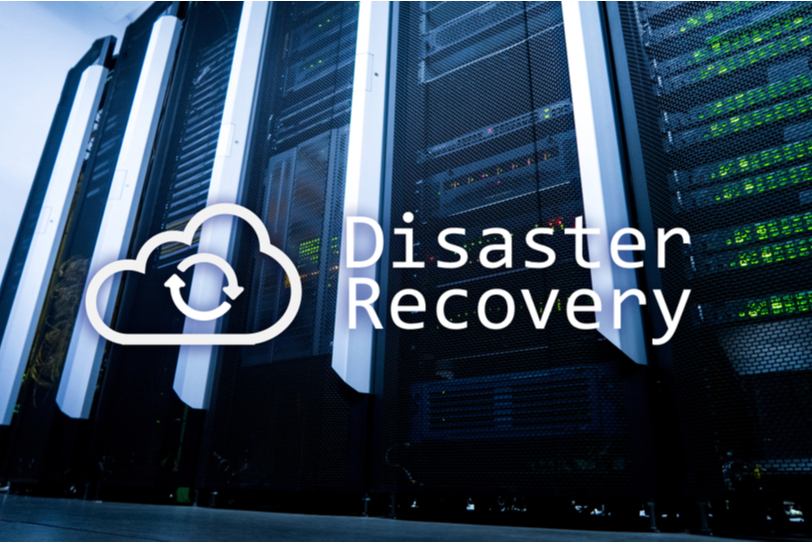
More and more IT companies are hosting their applications on the cloud. They get many benefits of using cloud services like backup power sources and outsized datacenters. In the past, only big IT companies could afford these things. But, now even a small-sized IT company can get these benefits by using cloud technology.
You can get all these services at a very minimal amount. The guaranteed availability of cloud services makes the cloud adoption process very easy. It has become an unperturbed and easy choice for most of the medium and large-sized companies.
Most of the hosting providers are maintaining large data centers. Thus, most decision-makers assume that hosting providers are also providing disaster recovery services. But, most of the cloud companies don’t provide any disaster recovery services to its users. Many cloud companies in the market don’t worry about disaster recovery.
After the 9/11 attacks, most companies are worried about their disaster preparedness level. There is a very low probability that such disasters can occur again. Before buying cloud services you must inquire about the disaster recovery plan. You should determine the risks and find out all the potential solutions. The plan must be affordable for your company. We are going to discuss some points which you must consider before making your disaster recovery plan.
-
Evaluate all the risks
You have to consider all the disaster risks before formulating your plan. There are three types of major disasters which you must consider:
- Site Disaster: Short-circuits, power outages and fire can render the data center unusable for a long period.
- Area Disaster: Tornadoes, hurricanes, earthquakes, snowstorms, and floods can ruin the cloud data center completely.
- Regional Disaster: Financial failures or terrorist attacks can also cause damage to the data center.
A good data center design will already deal with all the risks associated with these categories. If the data center is in a good location, then the risk of area disaster will automatically go down. It is impossible to control natural conditions. Thus, it becomes important to locate the data center at a good location.
Most of the smart data centers have uninterrupted power supply sources. Thus, they can even function after power failures. Good organizations will have a good plan to re-host all the applications. IT managers must consider how easily the data center deal with all the categories mentioned above.
-
Determine Requirements
After doing a proper assessment of risks you need to determine the recovery requirement for the applications that are hosted on the cloud. You can use some of these parameters to determine the requirements:
- Recovery Time Objective (RTO): Recovery Time Objective is the maximum tolerable time for recovering the applications and data. It indicates the time to restart your applications, databases, and systems.
- Recovery Point Objective (RPO): Recovery Point Objective is the maximum amount of period in which your data might be lost due to a major incident. Some cloud companies offer “quickest RPO” to their clients. It indicates that there is zero-tolerance for any data loss. A 24 hour RPO means that restoring data as of yesterday’s backup is enough. Thus, you will lose all the data and transactions of the current day.
RTO and RPO requirements can affect the cost of downtime. The cost of downtime includes actual loss of employee productivity and loss of revenue. If the cost of a Disaster Recovery Strategy is less than the cost of downtime, then it is a good strategy.
-
Understand Disaster Recovery Options
Backup your data to off-site storage and tape: Tape is the cheapest method for moving your data securely to a storage facility. You can even use it to archive your data. But, there are some issues with tape that you must keep in mind:
- Tape: The format compatibility can cause some issues for tapes. If you are using different generations of technology, then it can also cause some confusion.
- Synchronous Data Replication: Data Replication makes sure that every piece of data that is changed or entered is replicated. But, it is one of the most expensive replication options available in the market.
- Magnetic Disk Drives: Magnetic tapes are one of the best ways to store your data. They can significantly reduce the recovery time of your data. Most of the backup applications are using compression technology to store their data. Thus, you can store more data in magnetic drives.
-
Auditing Cloud Service Providers
Almost every cloud provider will provide you with user documentation. It will contain all the information regarding the data center protection strategies they are using. You should check the location of their data center. Most of the clients tend to ignore the location factor of the data center.
Clients should be careful while choosing any cloud service providers. Most of the cloud providers will offer the daily backup facility. They will also take a periodic backup of your data on tape. You should check the location of the data facility.
-
Implementing your own Cloud Disaster Recovery Solution
You must evaluate your service provider before buying their services. Make sure that they are using the correct Disaster Recovery strategies. You must also review your Disaster Recovery solutions and requirements. The DR solutions must be well trusted and tested by your cloud provider. This will ensure that the DR solution is perfect for your company.
Contact us today to learn about Bleuwire™ services and solutions in how we can help your business.





